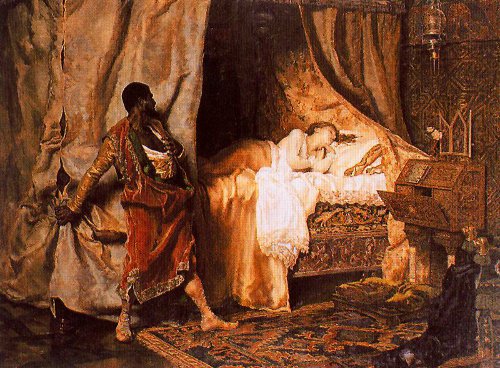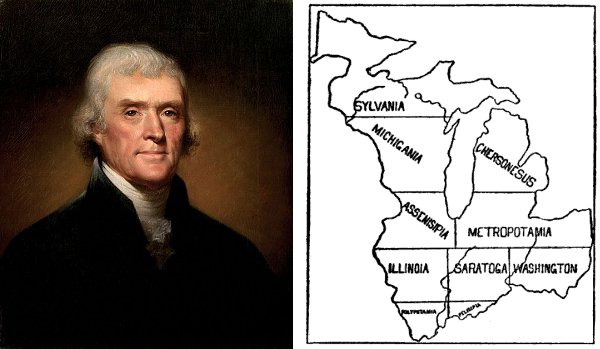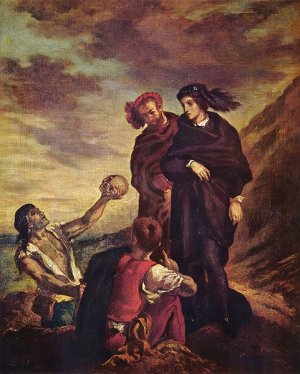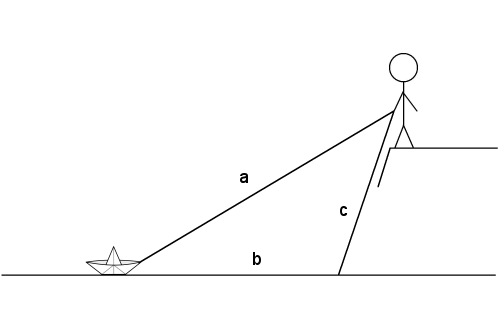
Othello doesn’t fit. Act I takes place on Othello’s wedding night, when he is sent to Cyprus. Act II takes place on the day of his arrival there, Acts III and IV occur together on the following day, and Act V takes place that evening. Thus the events on Cyprus appear to unfold within a day and a half.
Yet in this brief period the characters speak as if much more time were passing. Iago suggests that Desdemona has slept with Cassio repeatedly in this time, while Bianca complains that Cassio has kept away from her for “seven days and nights.” Emilia says Iago has “a hundred times / Woo’d me to steal” Desdemona’s handkerchief, and Roderigo complains of having “wasted myself out of my means” since their arrival.
Why? Did Shakespeare compress events into a day and a half for his own convenience in plotting, relying on the hope that the timeline would “feel” longer to casual theatergoers? “I find it very hard to believe that he produced this impossible situation without knowing it,” wrote A.C. Bradley in 1904. “It is one thing to read a drama or see it, quite another to construct and compose it, and he appears to have imagined the action in Othello with even more than his usual intensity.”




